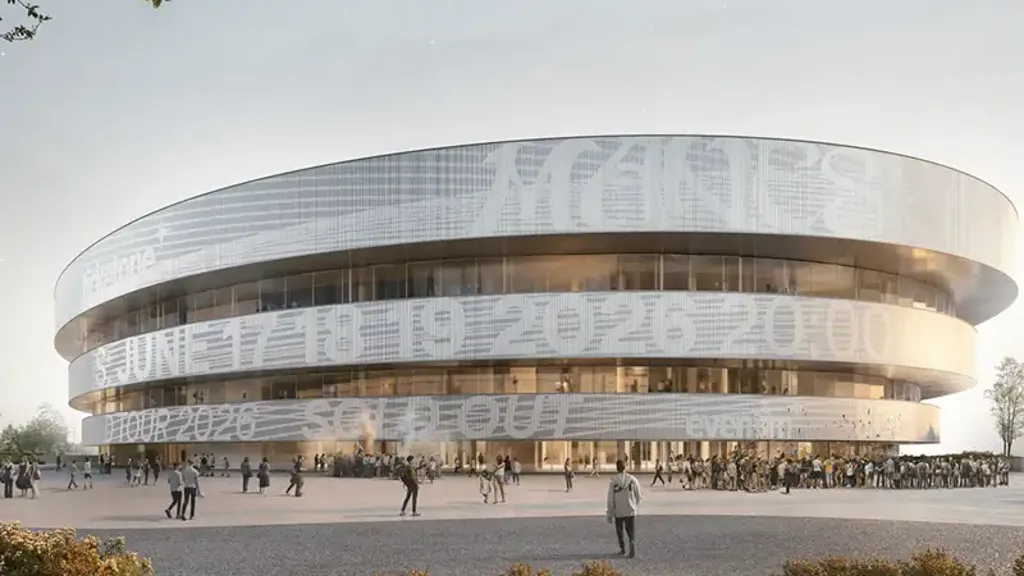Computational design is a field that involves the use of computer algorithms, simulations, and data analysis to support and enhance the design process. It enables designers to explore vast design spaces, to find solutions to complex design problems, and to make informed decisions based on data-driven insights.
We use computational design to improve the efficiency, accuracy, and effectiveness of the design process, and to deliver optimal results for our clients, communities, and the environment.
How we can help
Overcome constraints
Computational design tools enable our teams to manage a growing number of client constraints and requirements - geotechnical details, sunlight levels, materials costs, commercial goals, climate conditions (cover weather more broadly), almost anything measurable. Sometimes projects are faced with the dilemma of counter-intuitive KPIs but computational design tools make it possible to explore a much larger design space than would be feasible with manual methods, resolving tough trade-offs between competing priorities.
Using computational specialisms such as parametric design we can explore a complete range of design options, building a unified solution that reconciles competing demands. Once we agree KPIs, we develop a parametric algorithm to generate options that explore the full range of possibilities. We then analyse these options, sharing insights that help our clients navigate constraints and make better informed decisions.
We also help companies and organisations to explore, prioritise, and enact opportunities to decarbonise, align with ESG and TCFD requirements, and decouple material consumption from value creation. We can provide market intelligence, identify circular economy value pools and opportunities, advise on industry-specific circular guidelines for products, services and business models, and enable the development of circular economy coalitions and ventures. Throughout we support clients to mitigate their risk, improve return on their investments, and unlock the sustainability potential of circular economy practices.










